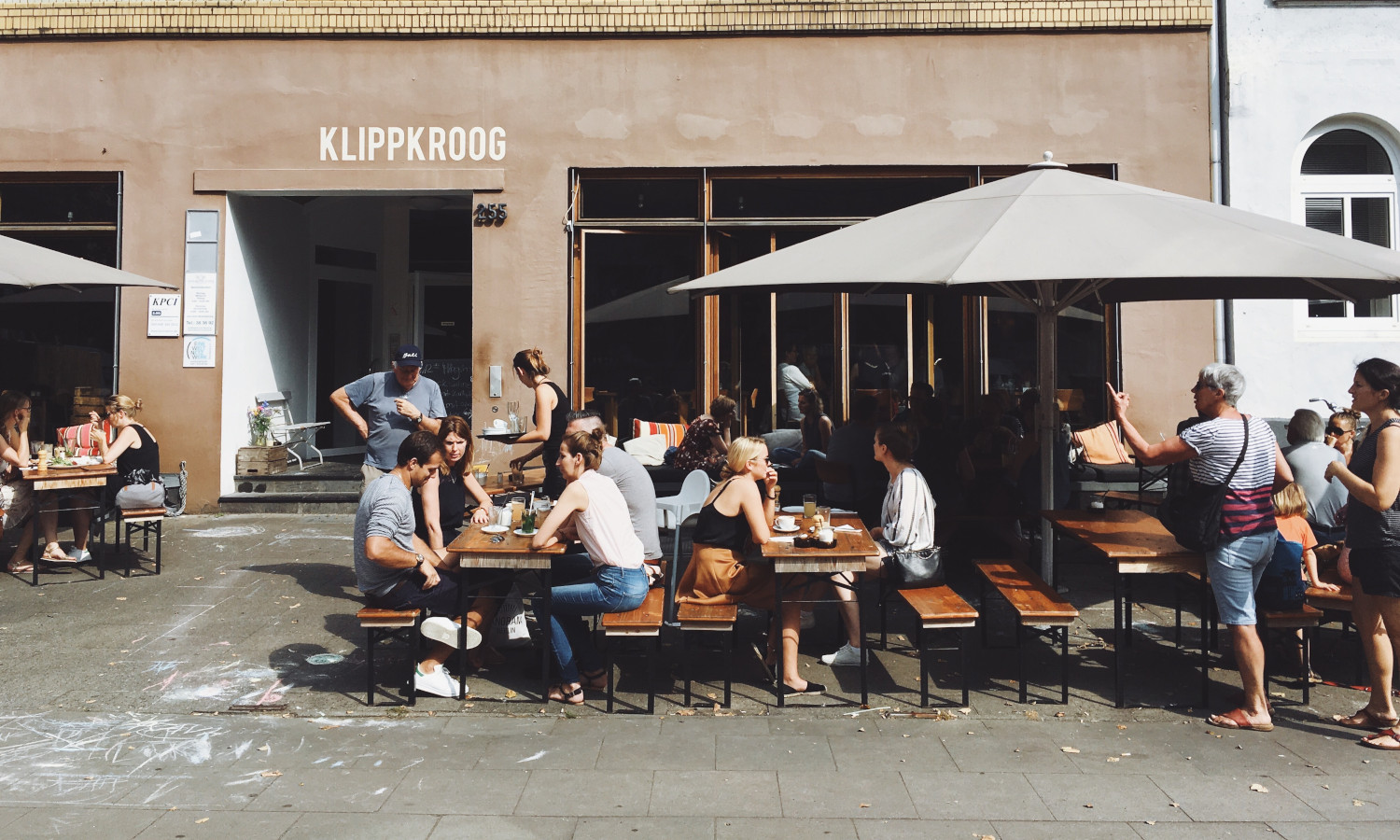Chefs and restaurateurs discuss how the COVID-19 pandemic is forcing them to rethink their businesses during a recent conversation organized by Johnson & Wales University’s new College of Food Innovation & Technology (CFIT). The event, “Food Innovation & Technology Symposium: Taking Stock,” explores how alternative restaurant models may continue to persist even as social distancing restrictions begin to ease.
During the first half of the event, chefs Emeril Lagasse and Aarón Sánchez discuss challenges facing the restaurant industry.
“The way we look at costing menus and labor force, and how we are paying people, all has to be reconfigured,” Lagasse says. “It’s a whole different arena right now. Food is expensive, and labor is expensive.”
Sánchez also explains that the pandemic is affecting customer behavior, and he expects diners will want to continue eating outdoors for safety reasons. Because of this, he’s developing a gastropub that will be about 70 percent outdoor dining, with 30 percent indoors.
The symposium’s second half — a panel of restaurant owners and chefs — echo Sánchez’s thoughts on outdoor dining. Panelists are Lindsay Tusk, the co-owner and creative director of San Francisco restaurants Quince, Cotogna, and Verjus; Paul Kahan, a partner and executive chef of One Off Hospitality Group, which operates more than a half-dozen Chicago eateries; and Champe Speidel, the chef and proprietor of Rhode Island-based restaurant Persimmon. Matthew Britt, an instructor at CFIT, moderates the conversation.
“Outdoor dining is here to stay,” Tusk says. She plans to remove about a third of the building that houses Quince, her three Michelin-star restaurant, and convert that space into a covered patio terrace. Inside, the dining tables will remain socially distanced.
Tusk is no stranger to quickly adapting her businesses. Last year, she moved the restaurant from San Francisco to Bolinas and set up outdoor dining at Fresh Run Farm, which exclusively provides produce and flowers to Tusk’s restaurants. She also converted Verjus, a bistro and market, into something more akin to a grocery store. The site, which now qualifies as an essential business, hosts a farmers market every Friday.
“Restaurants, if they can diversify their revenue streams — encompassing takeout, delivery, retail, ecommerce — they’re going to find themselves in a stronger position than just relying on guests coming to them,” Tusk says.
The other members of the panel also modified their businesses to generate additional sources of income. At Persimmon, Speidel began selling the restaurant’s pasta sauce. And Kahan closed his flagship restaurant Blackbird and converted the space into a shipping stage. His business ships charcuterie boxes, baked goods, and other foods nationwide, along with offering a subscription meal club for residents of Chicago and its suburbs.
Kahan says there’s no getting around the fact that “COVID has really messed everything up,” but he’s hopeful the culture he’s cultivated at his restaurants will help them bounce back.
“It feels like 25 years of work went down the drain,” he says. “But when you work closely with people and build a team of people that operate the same way, that share in the creativity in the kitchen, where cooks are all working on passion projects, on dishes that you’ve coached them through, that’s the environment that we’ve nurtured for a long time. The road back is difficult, but it starts with a strong core team that have worked in our kitchens for a long time.”
Photo by Robert Bye on Unsplash






